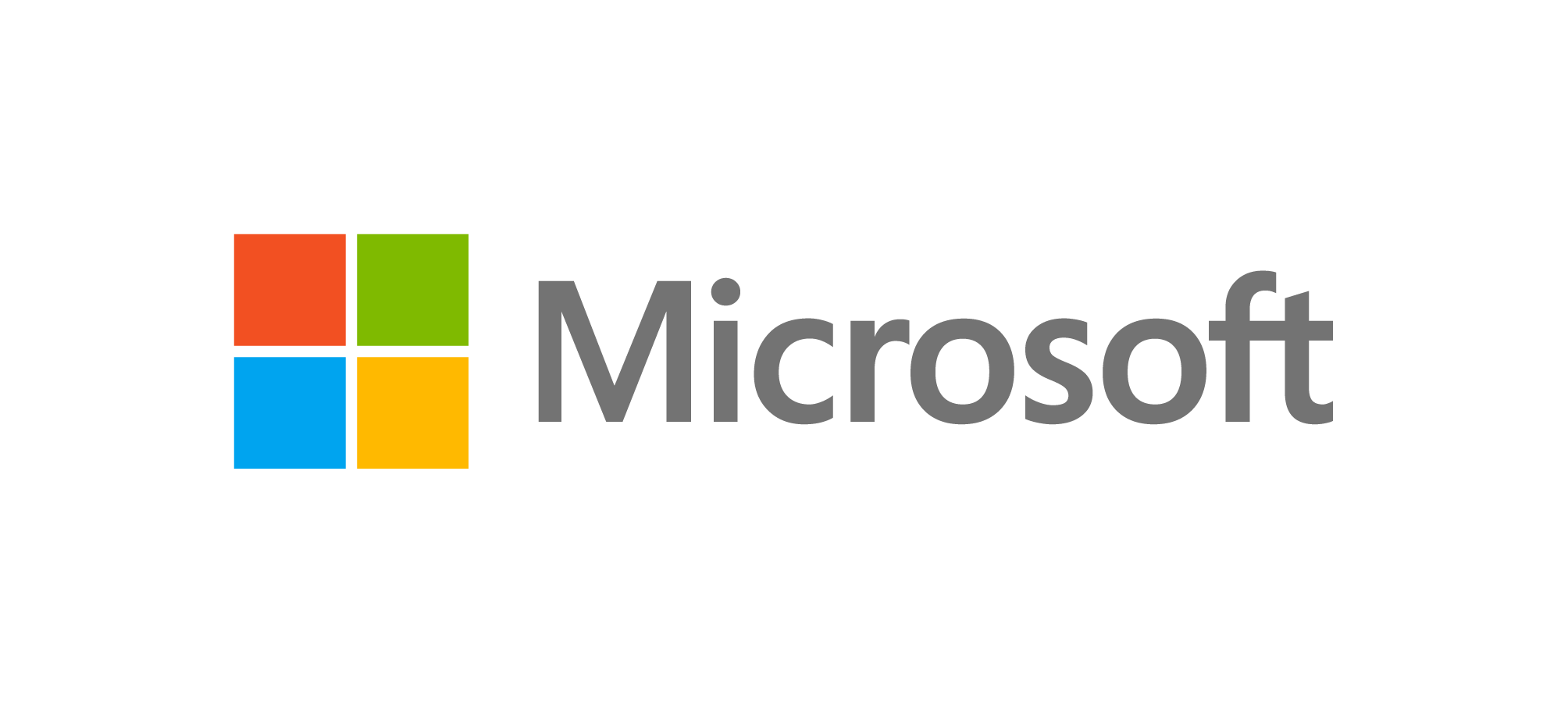Power up. From supercharging employee productivity and streamlining processes to inspiring innovation, Microsoft’s AI is designed to help you build the next big thing. No matter where you're starting, push what's possible and build your way with Azure's industry-leading AI. Check it out.
Artificial intelligence is becoming a coworker of sorts for all kinds of employees.
As breakthroughs in generative machine learning have spawned a flurry of cutting-edge AI tools, a new report finds that workers at higher levels of companies are starting to see the effects.
The survey, from automation platform Kizen, found that nine in 10 workers who made at least $100,000 a year reported using AI in their work life.
Meanwhile, just 15% of those making between $50,000 and $99,000 per year reported using the technology, while a quarter of respondents who made less than $50,000 per year said the same. The company said it surveyed around 1,500 workers overall.
“People who are perceiving AI are either younger [or] likely getting more exposure to what it is through their regular channels,” Kizen CEO John Winner said. “Or they’re more in white-collar positions, where they’re probably being involved in conversations about how this is going to be helping increase efficiency.”
The result comes as a host of Big Tech companies are starting to integrate generative AI into their enterprise software suites. Announcements and rollouts like Microsoft’s Copilot, Google’s Bard, and Adobe’s Firefly have aimed to weave AI capabilities into everyday work tasks, like writing emails, filling in pitch decks, or generating content.
Kizen’s survey reflects the increasingly behind-the-scenes role that AI can play; the percentage of respondents who reported using AI on a day-to-day basis jumped from around 40% to 65% after survey respondents were shown examples of the role of machine learning in everyday apps like navigation tools, personalized shopping algorithms, and in products like AirPods.
Gartner analyst Whit Andrews said his research firm’s own surveys have shown that IT is most likely to be the first team within a company to use AI. Workers in that department tend to be more open to adopting sometimes-complex new tools because of the technical nature of their jobs, Andrews added.
Following IT, Andrews said departments that deal with big troves of data have proven ripe for AI adoption, including fields like digital marketing and software development. He mentioned editing and writing snippets of code as examples of how AI is already changing the way programmers work.
“Just the example of generating code, no question that it is being employed,” Andrews said. “And it has begun to reshape what organizations expect their teams of software engineers to look like.”
While some workers are worried about whether AI might lead to the elimination of roles, Julia Dhar, a behavioral economist and managing director and partner at Boston Consulting Group, said employers would be smart to focus on rote tasks within roles that could be automated.
In the tech industry, those tasks might include the auditing of code, the simplification of code after a human has written it or even the first draft of a set of user requirements for a particular technology or application, Dhar said.
“Instead of asking whether generative AI will replace a product manager,” Dhar said, “‘What are the specific tasks?’ is a much more useful question and leads so far to earlier success for organizations.”
AI may throw the future of some roles into flux, but one area where hiring demand has not changed is for jobs with expertise in machine learning. Stanford’s AI Index report this week showed AI-related job postings continuing to rise last year to an average of 1.9%, up from 1.7% in 2021.


